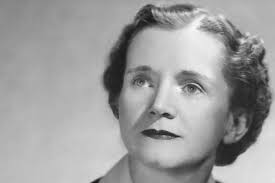Rachel Carson’s Legacy: The Art of Environmental Science Communication

Credit : Discover wildlife News
17.04.2024 : Rachel Carson, a pioneering figure in environmental science and advocacy, left an indelible mark on society through her powerful words and profound impact. As we commemorate the 60th anniversary of her passing, it’s crucial to reflect on how her work revolutionized science communication and spurred transformative change.
Carson’s seminal work, “Silent Spring,” published in 1962, remains a cornerstone in environmental literature. It catalyzed significant shifts in environmental regulation, including the creation of the Environmental Protection Agency (EPA) and heightened awareness about the dangers of chemicals like PFAS (“forever chemicals”) in drinking water.
The enduring influence of “Silent Spring” extends beyond policy realms; it ignited a global environmental movement. Carson’s ability to communicate complex scientific concepts with eloquence and imagery resonated deeply, earning her book a place among the most influential works of all time.
Despite lacking modern multimedia tools, Carson’s writing captivated readers and inspired action. She infused scientific discussions with poetic descriptions, such as likening mitochondria to “billions of gently burning little fires,” painting a vivid picture of cellular processes.
Carson’s legacy serves as a testament to the transformative power of words in shaping public discourse and driving positive environmental change. Her timeless message underscores the importance of effective science communication in addressing pressing environmental challenges and fostering a safer, greener world for generations to come.

